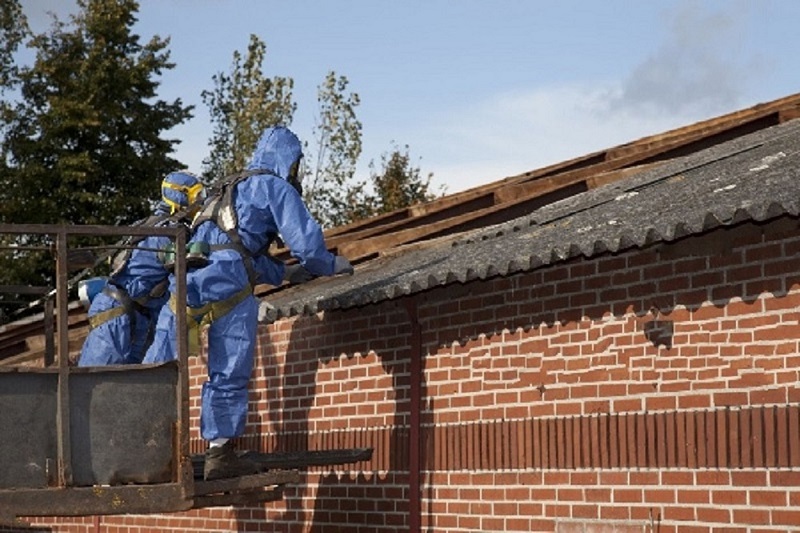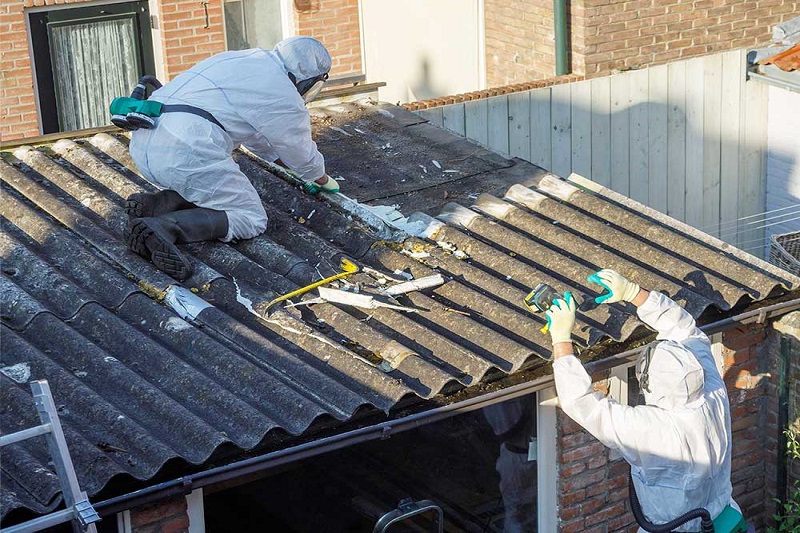
Have you recently purchased an older building or are considering refurbishing your beloved vintage home? Have you ever paused to contemplate what lies within your walls, ceilings, or floors? Today, we're delving into a topic that tends somewhat to lurk in the shadows, a subject that may cause significant ramifications if ignored - the presence of asbestos in older structures and the crucial need for asbestos testing.
Asbestos is somewhat of an enigma in architectural history. Renowned for its enduring strength and resistance to heat and fire, it was once hailed as a 'miracle substance' in the construction industry. Today, however, expert opinion narrates a starkly different tale. Asbestos, a once-heroic construction marvel, has been unmasked as a threat to human health. This sudden about-face raises several questions, sparking curiosity, but also often, concerns.
In this blog post, we aim to unravel the mystery surrounding asbestos. We'll be exploring the 'why', 'what', 'when', 'who', and 'how' of asbestos testing; the pros and cons of undertaking it, and we'll be answering all your lingering questions. You'll then be armed with all the knowledge you need to make the right decision about your building’s health and safety.
Grasping Asbestos: its Past and Perils
During the zenith of its popularity, asbestos was primarily incorporated into insulation and other construction materials, owing to its superior fire-resistance. It was practically woven into the DNA of most domestic and commercial buildings erected during the early to mid-20th century.
The downside? Prolonged asbestos exposure could potentially lead to severe health implications such as Mesothelioma, Asbestosis, and other respiratory issues. The silent hazard lies not in intact asbestos, but rather when it's disturbed - possibly during a renovation or demolition process, releasing fine particles into the air that can easily be inhaled. Understanding this history underlines the critical nature of conducting a professional asbestos assessment when dealing with older structures.
Why Asbestos Testing?
Aside from mandated regulations in certain regions, asbestos testing plays a pivotal role in safeguarding the health of the inhabitants of a building. Acknowledging the presence of asbestos and taking appropriate steps while retaining the building's vintage charm, can provide substantial peace of mind.
Who Conducts Asbestos Testing?
Asbestos testing should always be conducted by licensed professionals. They will have the expertise and necessary equipment to collect samples without inducing asbestos exposure, ensuring the safety of all involved.
When Should Asbestos Testing Occur?
Identifying the presence of asbestos early before undertaking a renovation or demolition project is essential. Additionally, buildings that have suffered considerable wear and tear or damage should also undergo testing promptly to mitigate health risks.
What Happens After Asbestos Testing?
Upon receiving a positive asbestos result, a comprehensive plan for safe removal or encapsulation should be formulated and executed by trained specialists, following local regulations and guidelines.

Pros and Cons of Asbestos Testing
The Cons of asbestos testing might include potential disruption to a building and its occupants, and cost implications. Nevertheless, the Pros significantly outweigh them — ensuring a healthy, safe environment for occupants free from the fear of asbestos-related illnesses.
Conclusion
Understanding the significance of asbestos testing is crucial when dealing with older buildings. While it can seem daunting and complex, the health and safety comforts it brings make it an essential element in building maintenance and renovation. Engaging with a professional team to conduct testing ensures the process is handled responsibly, and the building remains a safe haven for its inhabitants.
As we bid farewell to this discussion, remember the age-old adage that 'prevention is better than cure'. Though invisible to the naked eye, asbestos hidden in your older building's structure could potentially unleash a health hazard. An expertly conducted asbestos test is the first resolute step towards a secure and healthy place to live or work, a small price to pay for long-term peace of mind.



Post a Comment
Note: only a member of this blog may post a comment.